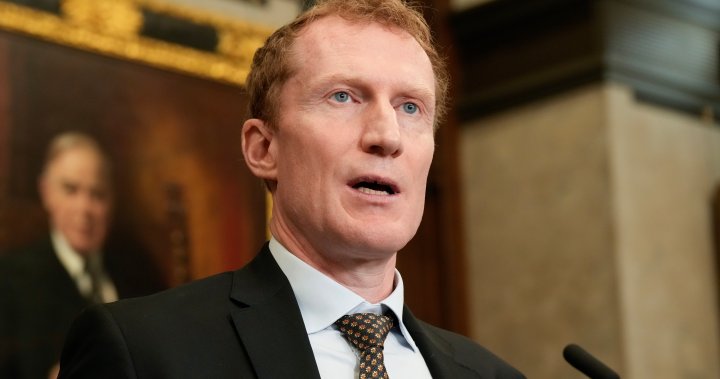The federal government in Canada is preparing to announce further changes to the immigration system for temporary residents, following a recent reduction in the number of temporary foreign workers being allowed into the low-wage stream. Immigration Minister Marc Miller and Labour Minister Randy Boissonnault will be unveiling these changes which will focus on strengthening temporary resident programs and migration pathways. Boissonnault has previously stated that the temporary foreign worker program was being misused by employers to bypass hiring skilled Canadian workers.
Employers in Canada looking to hire foreign workers must obtain a labour market impact assessment (LMIA) to demonstrate that they were unable to hire Canadian workers for certain positions. The government recently announced that it would be limiting the number of LMIAs issued in metropolitan areas with an unemployment rate of six percent or higher. These changes are being implemented in response to increasing unemployment rates in Canada and calls for the government to slow down on high levels of immigration due to issues such as the cost of living crisis, lack of affordable housing, and challenging job markets.
These adjustments to the immigration system are aimed at addressing concerns about the temporary foreign worker program and ensuring that Canadian workers are given priority in the job market. By tightening regulations around the issuance of LMIAs and focusing on strengthening temporary resident programs, the government hopes to create a more balanced and fair system for both foreign workers and Canadian citizens. These changes come at a time of economic uncertainty in Canada, with many facing financial challenges and difficulties finding stable employment.
The ongoing debate around immigration policies in Canada reflects a broader discussion about the impact of foreign workers on the domestic job market and economy. While immigration can bring benefits such as filling labor shortages and contributing to economic growth, there are also concerns about the displacement of Canadian workers and the exploitation of foreign workers in low-wage jobs. The government’s efforts to reform the temporary resident programs are part of a larger strategy to address these issues and ensure that immigration policies align with the needs of the Canadian population.
In addition to addressing the challenges related to temporary foreign workers, the government is also focused on providing pathways for long-term migration and permanent residency for those who wish to make Canada their home. By strengthening these migration pathways, the government aims to attract skilled workers, students, and others who can contribute to the country’s economy and society in the long term. This approach reflects a holistic view of the immigration system, which encompasses both temporary and permanent residents and seeks to balance the needs of the economy with the protection of workers’ rights.
Overall, the upcoming changes to the immigration system for temporary residents in Canada signal a broader shift towards reforming policies to better serve both foreign workers and Canadian citizens. By addressing concerns about the temporary foreign worker program, strengthening temporary resident programs, and creating pathways for long-term migration, the government is taking steps to ensure a fair and balanced immigration system that meets the needs of the country’s population. These changes will likely have far-reaching implications for the Canadian economy, labor market, and society as a whole.


